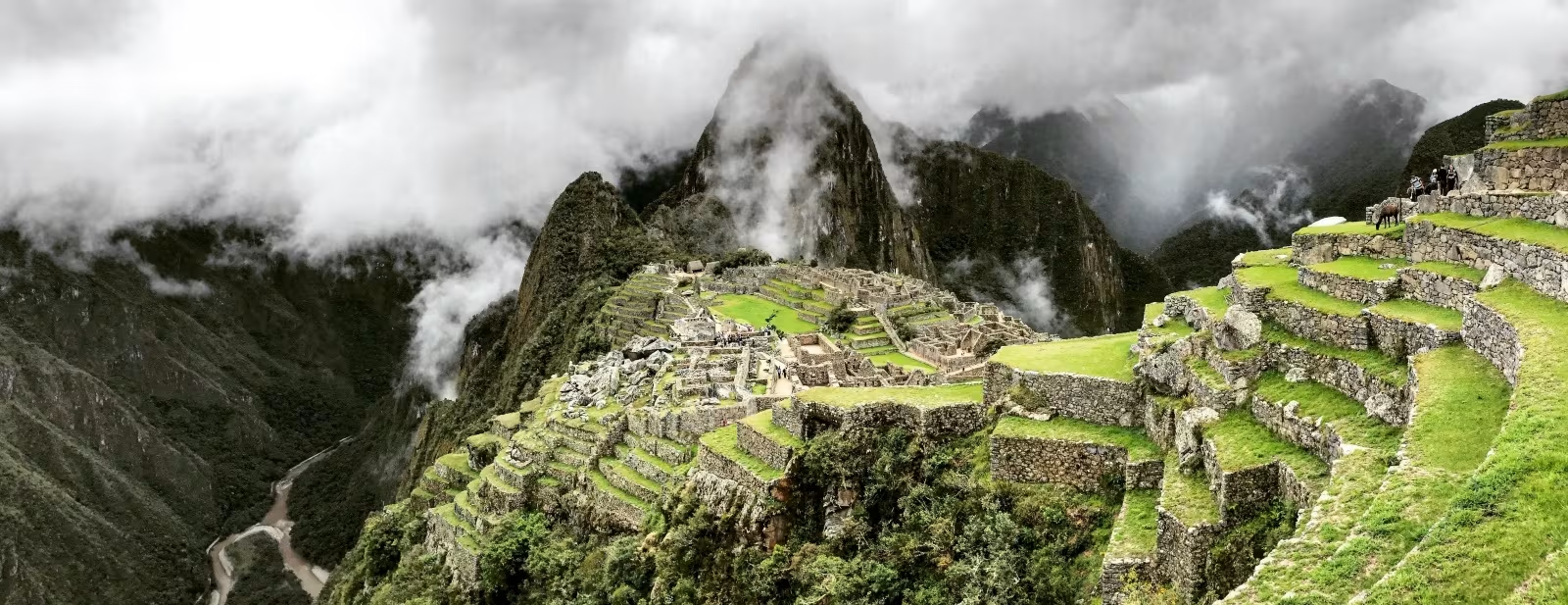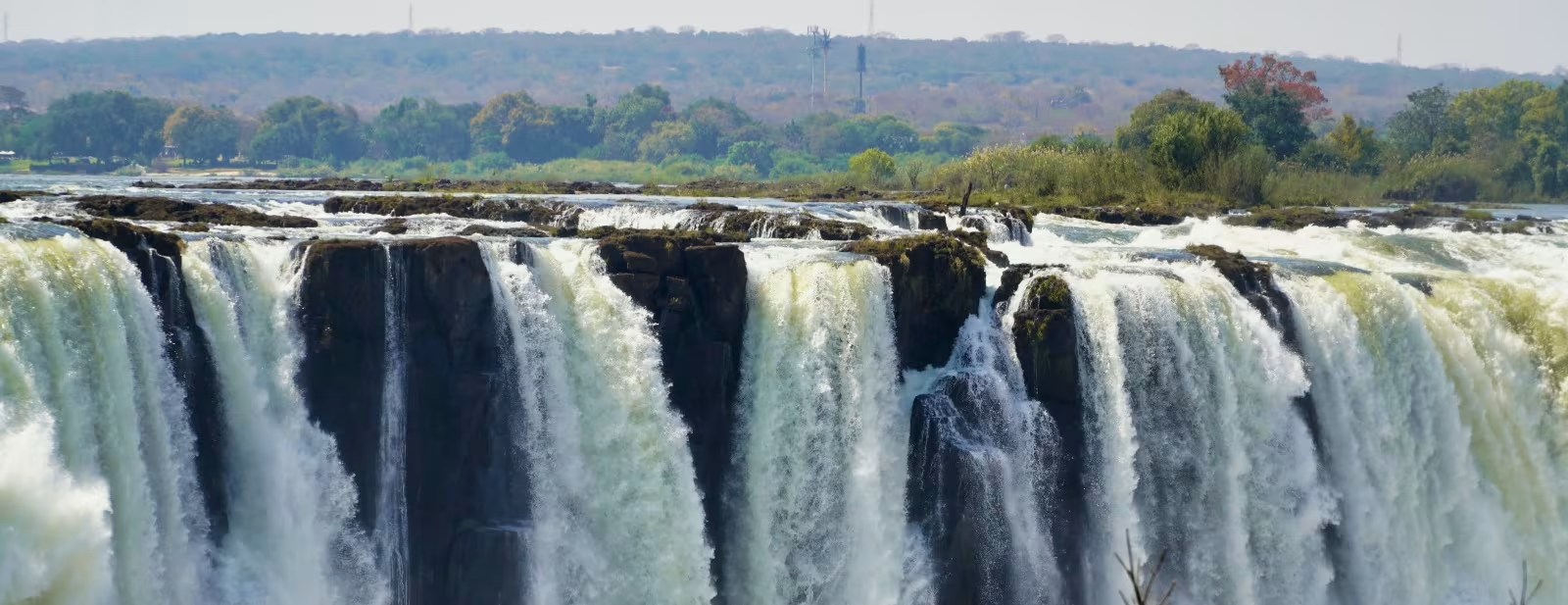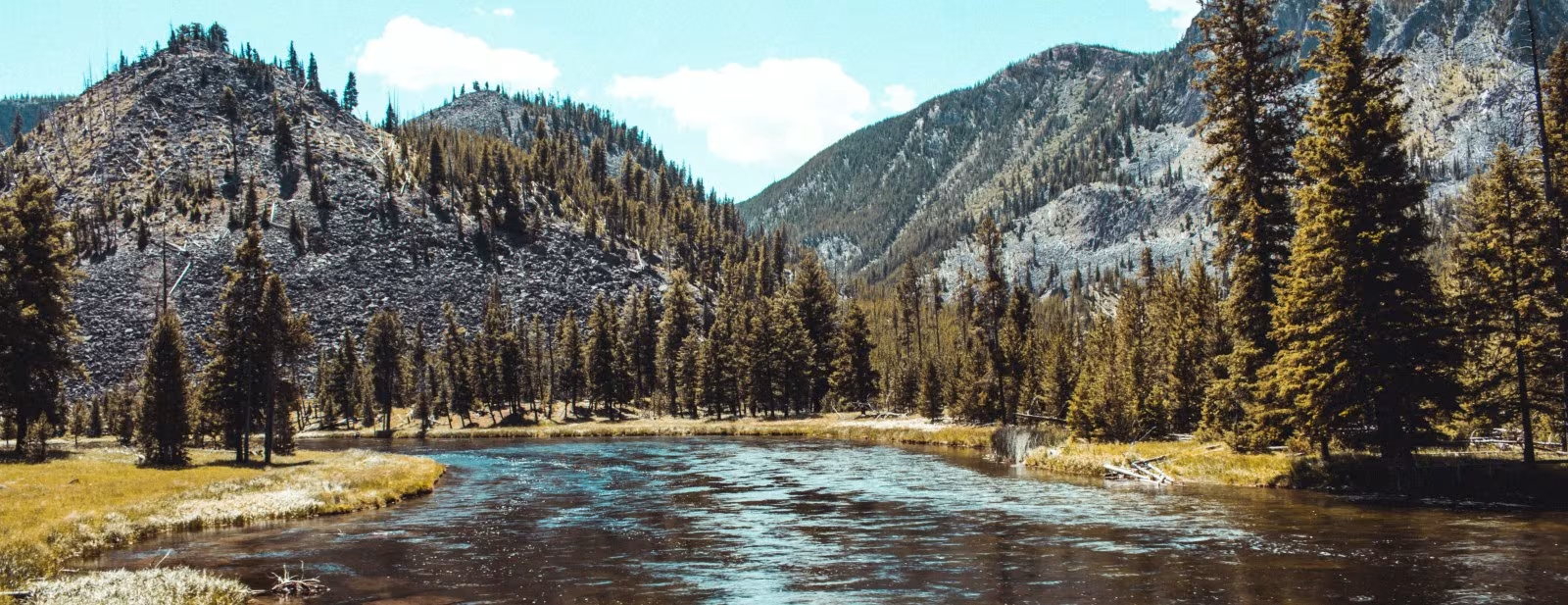What is a World Heritage Site?
Have you ever dreamt of seeing the world? One thing that makes it worth seeing is its plethora of World Heritage Sites. A ‘World Heritage Site’ is a landmark or area with legal protection by UNESCO.
UNESCO stands for the United Nations Educational, Scientific and Cultural Organisation, otherwise known as ‘UNESCO’. World Heritage Sites are designated as having cultural, scientific or other forms of significance. In this blog post, we’ll cover how World Heritage Sites are selected, how many World Heritage Sites there are, which country has the most World Heritage Sites and why World Heritage Sites are important. We’ll be your one-stop-shop for all things World Heritage! We support people all over the world, so they can support their dreams of seeing World Heritage Sites in all their beauty.
WorldRemit Content Team
• 5 mins read • Updated
What is a World Heritage Site?
A World Heritage Site is a place designated by UNESCO to be of outstanding universal value to humanity. There are different types of World Heritage Sites, such as cultural, natural and mixed property sites. An example of a cultural site includes temples, such as the stunning Angkor Wat. A natural site would include rainforest like the sprawling Gondwana Rainforests. Mixed properties are where the natural and cultural elements exist at the same location, such as a country house with a large forest attached to the estate.
How many World Heritage Sites are there?
As of January 2023, there are 1,157 World Heritage Sites. That may sound like a lot, but when you think about the entire geographic area of the world, it’s only a small fraction of our global landscape.
However, new places are always being discovered and put on the list, so expect that number to grow over time. Here’s how many types of sites there are per region:
Region | Cultural | Natural | Mixed | Total | Percentage |
|---|---|---|---|---|---|
Africa | 54 | 39 | 5 | 98 | 8.5% |
Arab States | 82 | 5 | 3 | 90 | 7.8% |
Asia and the Pacific | 195 | 70 | 12 | 277 | 23.9% |
Europe and North America | 469 | 66 | 11 | 546 | 47.2% |
Latin America and the Caribbean | 100 | 38 | 8 | 146 | 12.6% |
Criteria for a World Heritage Site
You might be wondering, ‘What is the criteria for a World Heritage Site?’ There are ten key criteria for a World Heritage Site, but that doesn’t mean a site has to meet all of the criteria to be considered. In fact, even if the site only meets one of the criteria, it might become a World Heritage Site. To meet the selection criteria, a World Heritage Site has to do one of the following:
to represent a masterpiece of human creative genius.
to exhibit an important interchange of human values, over a span of time or within a cultural area of the world, on developments in architecture or technology, monumental arts, town-planning or landscape design.
to bear a unique or at least exceptional testimony to a cultural tradition or to a civilization which is living or which has disappeared;
to be an outstanding example of a type of building, architectural or technological ensemble or landscape which illustrates (a) significant stage(s) in human history.
to be an outstanding example of a traditional human settlement, land-use, or sea-use which is representative of a culture (or cultures), or human interaction with the environment especially when it has become vulnerable under the impact of irreversible change.
to be directly or tangibly associated with events or living traditions, with ideas, or with beliefs, with artistic and literary works of outstanding universal significance. (The Committee considers that this criterion should preferably be used in conjunction with other criteria).
to contain superlative natural phenomena or areas of exceptional natural beauty and aesthetic importance.
to be outstanding examples representing major stages of Earth's history, including the record of life, significant on-going geological processes in the development of landforms, or significant geomorphic or physiographic features.
to be outstanding examples representing significant on-going ecological and biological processes in the evolution and development of terrestrial, fresh water, coastal and marine ecosystems and communities of plants and animals.
to contain the most important and significant natural habitats for in-situ conservation of biological diversity, including those containing threatened species of outstanding universal value from the point of view of science or conservation.
Famous World Heritage Sites
As we’ve mentioned before, there are over 1,000 World Heritage Sites worldwide. That means that there are plenty of gorgeous and notable destinations to choose from across 195 countries. We’ve selected a few highlights here to give you a sense of what World Heritage Sites tend to look like:

The Great Barrier Reef, Australia
The Great Barrier Reef is both beautiful and scientifically important because of its place in the world as an expansive natural ecosystem. It contains the world’s largest collections of coral reefs, which includes 400 types of coral, 1,500 species of fish and 4,000 types of mollusc. It’s also home to a few animals which are endangered, such as the dugong (‘sea cow’) and large green sea turtle.

Machu Picchu, Peru
Machu Picchu is one of the greatest artistic and architectural achievements in the world – a long-standing testament to the ingenuity of the Incan civilization. The site is embedded in the meeting point between the Peruvian Andes and the Amazon Basin, made up of over 200 structures. To find it, you have to go through the tropical mountain forest where its ancient beauty will then be revealed.

Victoria Falls, Zimbabwe
Also known as Mosi-oa-Tunya, this site is the largest sheet of falling water in the world. This majestic waterfall stands at an altitude of about 915 m above mean sea level and spans to about 1708 m wide. It’s chosen not just for its size but also the grand beauty that emerges as the water falls, creating a mist and, often, a colourful rainbow effect.

Yellowstone National Park, USA
This US national park covers nearly 9,000 km². The majority of the park lies in Wyoming, but the park is so vast that it also lies in two other states as well. With more than 10,000 geothermal features, Yellowstone has the largest collection of them in the world. It also has the world’s largest concentration of geysers (more than 300) and is also known for its exciting wildlife.

Bwindi Impenetrable Forest, Uganda
Located in south-western Uganda, Bwindi Park is known for its exceptional biodiversity. There are over 160 species of trees and over 100 species of ferns there. Not to mention the plethora of butterflies and birds. Keen ecotourists may even be lucky enough to spot some endangered species, such as the mountain gorilla.
Make a world of difference with WorldRemit
You might be wondering why a money transfer service is concerned about World Heritage SItes. And simply put, it’s because we are all caretakers of the world we live in. We operate in hundreds of countries, each with a cultural and natural heritage to protect. We encourage our customers to see the world, knowing that home is never too far. That’s why we make it easier and faster than ever to send money home in minutes. All you need to do is download the WorldRemit app and sign up to get started. Sign up to WorldRemit today
World Heritage Sites: FAQs
Why are World Heritage Sites important?
UNESCO uses World Heritage Sites to encourage the identification, protection and preservation of cultural and natural heritage around the world. Establishing a site as a World Heritage Site also helps governments and state parties to safeguard and conserve these properties. Their establishment also creates jobs for local populations through encouraging participation in the preservation of these sites.
Which country has the most World Heritage Sites?
Italy has the most World Heritage Sites with 58 sites, including the gorgeous Amalfi Coast and historic Pompeii.
How are World Heritage Sites protected?
World Heritage Sites are protected through the World Heritage Convention, which defines the duties of state parties in protecting and preserving World Heritage Sites.
The contents of this blog post do not constitute legal or financial advice and are provided for general information purposes only. If you require specific legal and / or financial advice you should contact a specialist lawyer or financial advisor. Information true at time of publishing.
WorldRemit allows customers to stay connected and support their loved ones. Our Content Team plays an integral part in that. We celebrate the global community and help you to achieve your ambitions.
